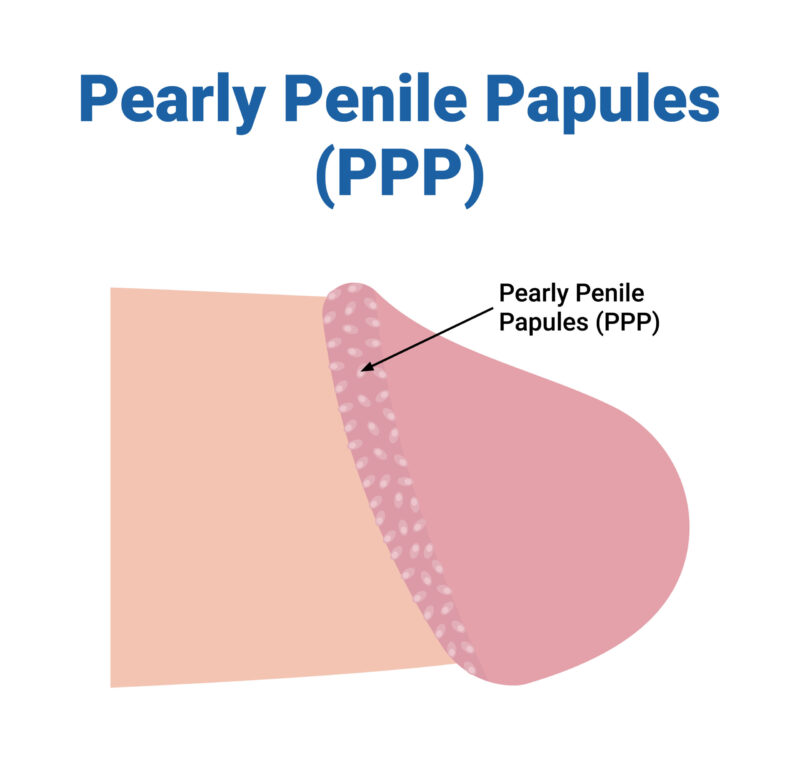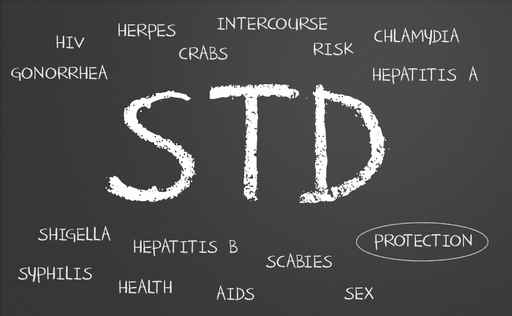PPP Among Men: Is It Contagious To Women? 7 Things To Know
In the vast world of health and wellness, few topics generate as much curiosity and, often, undue concern as pearly penile papules (PPP). These small bumps can cause anxiety for many men and bring about unwarranted fears in partners, often due to myths that strain relationships beyond appearance concerns.

With misinformation rampant, understanding what PPP truly is becomes essential. This article aims to shed light on PPP, debunking myths and providing clarity for all those seeking answers. Armed with knowledge, one can combat fear and foster healthier relationships built on trust and understanding.
What Are Pearly Penile Papules (PPP)?
Pearly Penile Papules, commonly known as PPP, are small flesh-colored bumps that appear around the corona or sulcus of the penis. Often no larger than a pinhead, these tiny elevations are usually in a single or double row. While their name might sound intimidating, it’s essential to note that they’re benign and innocuous. In many ways, one can compare them to moles or freckles found on other body parts.
Their sudden appearance can sometimes stir concern, leading many to mistake them for symptoms of a sexually transmitted infection. However, it’s crucial to understand that PPP is not an indication of any disease or illness. They’re non-harmful, non-cancerous, and a natural aspect of some men’s anatomy. For those keen on exploring removal options, a comprehensive guide to remove PPP offers insights and steps.

Having established what PPP is, it’s time to address some common misconceptions. Here are seven key points about them:
-
It’s A Normal Anatomical Variation
Human bodies exhibit unique features; some people may have distinct birthmarks, while others may showcase unique skin characteristics. Similarly, PPP is yet another manifestation of this anatomical diversity. The presence of these bumps indicates no abnormality or health complication. In fact, a significant number of men worldwide possess these papules. It serves as a testament to the myriad ways nature expresses itself, further emphasizing the vast diversity inherent in human anatomy.
-
It’s Not Related To HPV
Despite common misconceptions, PPP is unrelated to the human papillomavirus (HPV). Although they might visually resemble certain genital warts, it’s vital to understand the two are distinct.
A study published in 1991 emphasized this distinction. The research found that PPP is a benign physical divergence with no viral origin, differentiating it from genital warts caused by HPV. While HPV is a sexually transmitted infection with various strains, some of which can cause warts, PPP is not contagious, does not spread through sexual contact, and does not indicate any underlying health concerns.
It’s crucial to seek professional medical advice if one is worried about penile lesions. Only a trained healthcare provider can offer a definitive diagnosis, differentiating between PPP and other conditions.
-
It Has No Known Impact On Fertility Or Sexual Health
When discussing PPP, one concern is whether it affects fertility or overall sexual health. Based on current medical understanding, the answer is clear: PPP has no known impact on fertility or sexual well-being.
Medical literature and dermatological studies consistently report that PPP is a benign skin variation. Their presence doesn’t influence sperm quality, count, or function. Nor do they cause or indicate any sexual dysfunction. Moreover, they don’t result in pain or discomfort during intimate activities unless they’re irritated by external factors.
If one has concerns about their reproductive health or sexual performance, it’s best to consult a healthcare professional. However, PPP’s presence is unrelated to these health aspects.
-
It’s Unrelated To Promiscuity
In the realm of sexual health, myths and misconceptions abound. One such misconception linked to PPP is that their presence suggests promiscuity. It’s important to dispel this myth and highlight the facts.
PPP’s appearance has nothing to do with the number of sexual partners one has had, the frequency of sexual activity, or any behavior related to promiscuity. They’re simply a non-malignant skin disparity that many men have, regardless of their sexual history. Both sexually inexperienced and experienced individuals can have these bumps.
Individuals and their partners should approach the topic with empathy and information. Judging someone’s character or history based on physical attributes like PPP is scientifically inaccurate and can lead to unnecessary stigmas and misunderstandings.
-
Medical Treatment Isn’t Always Necessary
When individuals first discover PPP in their bodies, a common initial reaction might be seeking treatment or removing them immediately. However, it’s essential to understand that PPP is a harmless condition that often doesn’t require medical intervention.
Most healthcare professionals agree that treatment for PPP is generally for cosmetic reasons rather than medical necessity. The bumps don’t pose any health risks or cause discomfort or pain unless subjected to irritation.
While there are various treatment options like topical applications and laser therapies for those concerned about their appearance or confidence due to PPP, it’s crucial to be aware that these procedures can pose some risks, such as the potential for scarring or discomfort. However, before making decisions, consult a dermatologist or healthcare provider. They can guide, discuss potential risks, and help decide whether treatment suits the individual.
-
PPP Can Appear And Disappear Over Time
Many physical attributes, including PPP, can show changes as individuals age. For some, PPP emerges during adolescence or early adulthood, possibly becoming more prominent with time, and for others, it may fade as years go by. Factors like hormonal shifts and genetics can influence these changes. It’s essential to understand that PPP doesn’t signal an underlying issue. However, consulting a healthcare professional is advisable if someone notices abrupt changes.
-
Open Communication Is Key
Addressing topics like PPP requires open and straightforward conversation. Thinking it signals a health concern, such as mistaken beliefs, can cause unnecessary anxiety. Honest dialogue can demystify these misconceptions. For instance, a couple might start the conversation with, ‘I noticed something on my skin that I’d like to share and discuss. It’s called PPP, and I’ve learned it’s harmless.’
As partners come to understand the non-threatening nature of PPP, concerns dissipate. Should doubts persist, consulting healthcare professionals provides further clarity. Such open communication bolsters trust in relationships, and addressing topics like PPP underscores this principle.
Final Thoughts
As individuals navigate the intricacies of bodily variations, such as PPP, it stresses the importance of thorough understanding. These features exemplify the diverse array of natural characteristics of the human body. With accurate information, individuals can confidently address and clarify these conditions, dispelling misconceptions, including the common belief that PPP is contagious. For those seeking deeper insights, turning to reputable sources is imperative.



